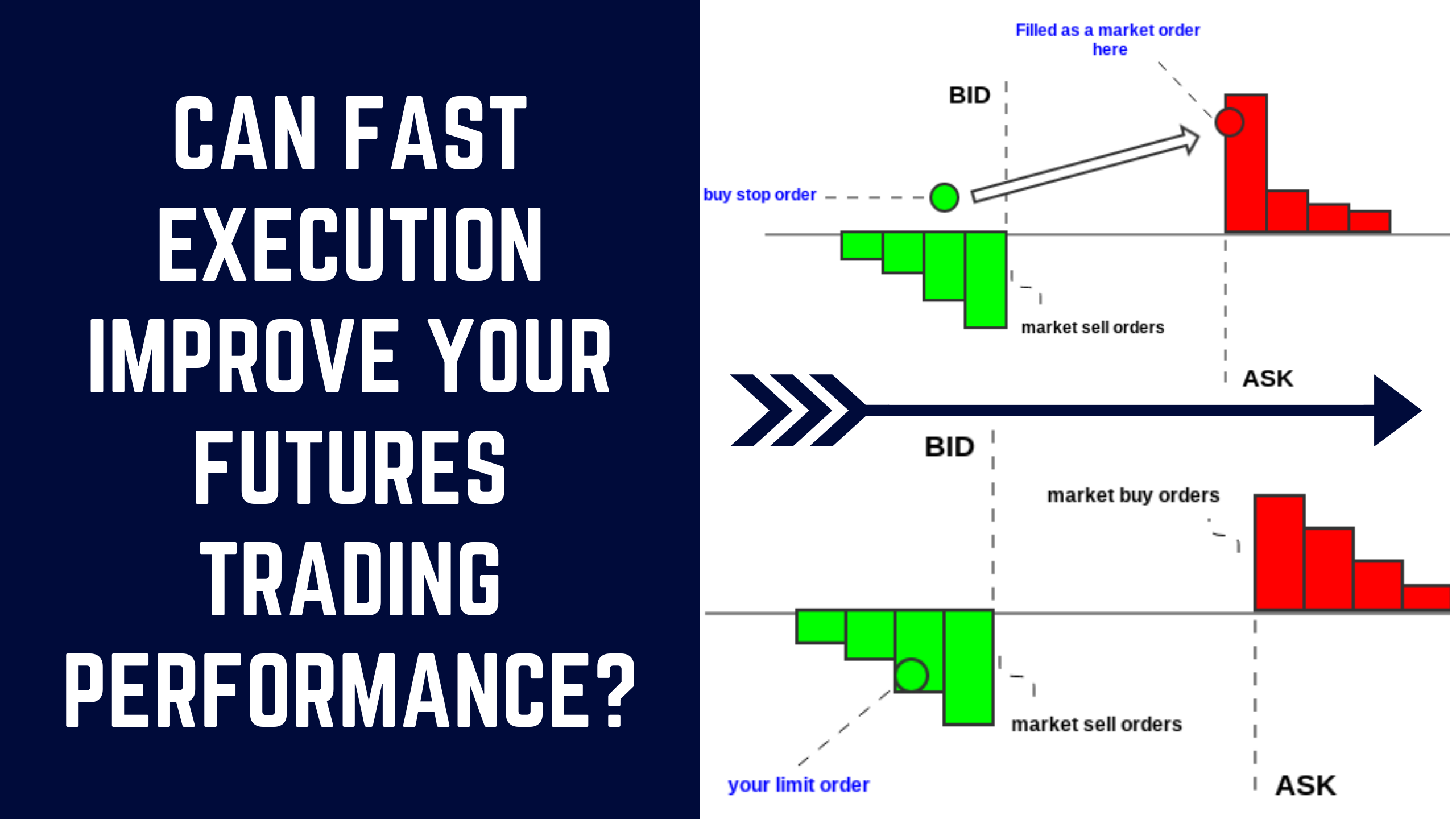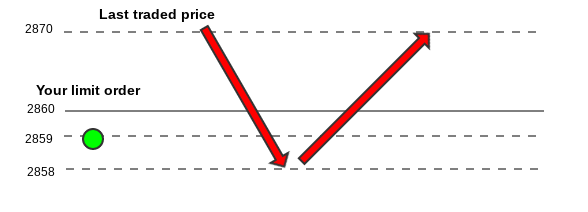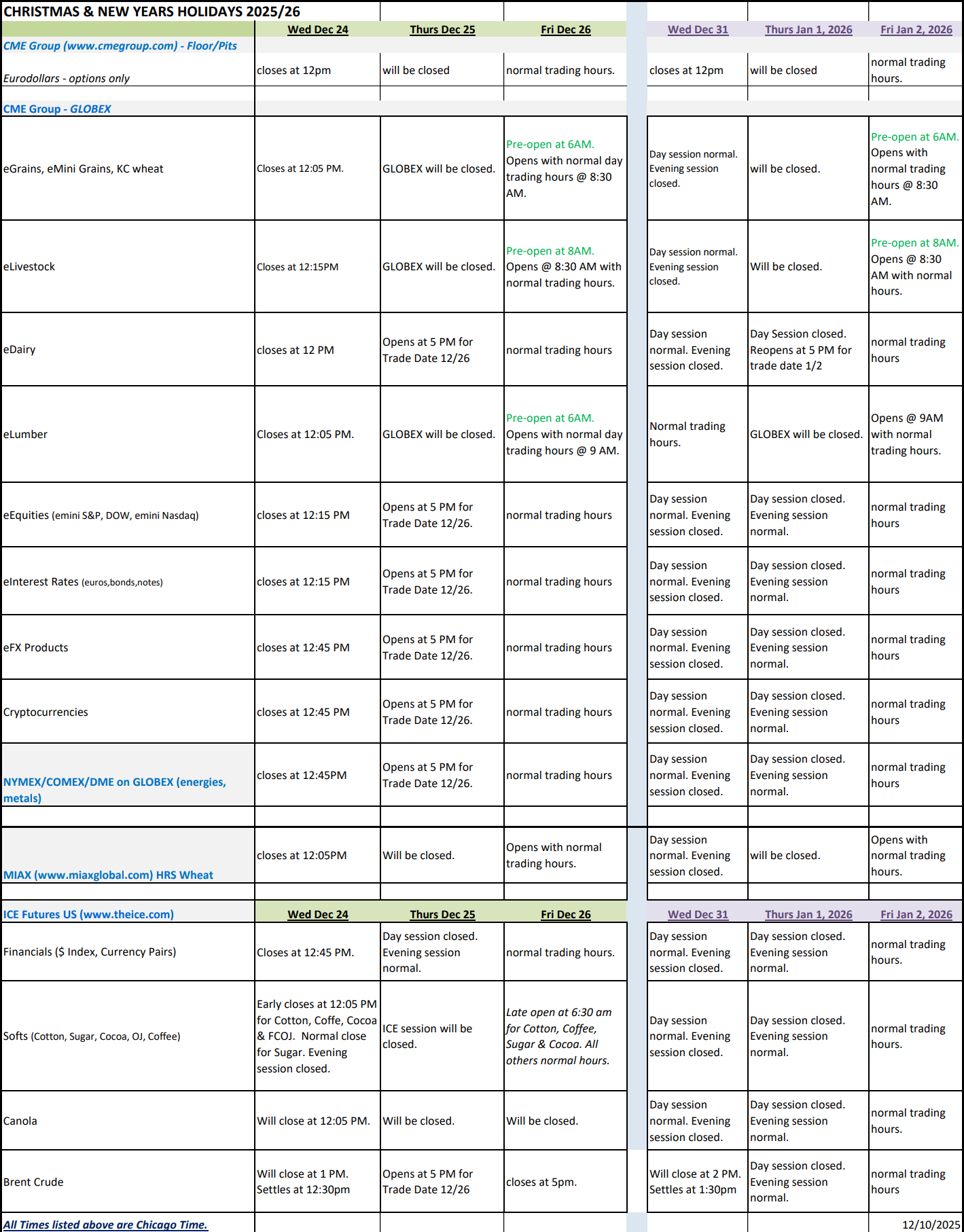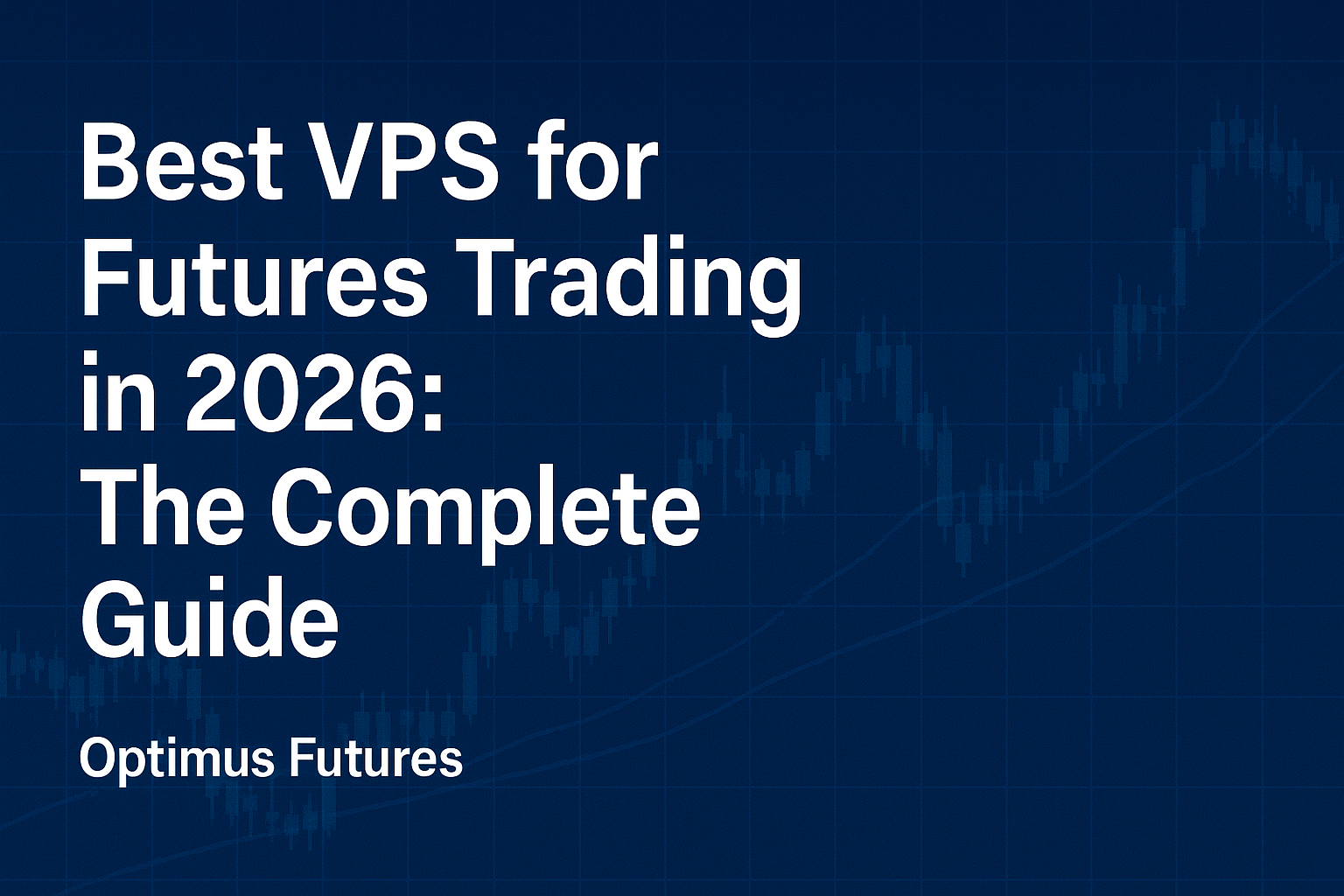This article on Fast Execution is the opinion of Optimus Futures
Certain opportunities have a speed threshold. They exist within a given range above or beyond which it starts getting increasingly difficult to catch them.
In the realm of futures trading, moving too slowly can cause you to miss opportunities. But when the difference between “too slow” and “fast enough” is measured in milliseconds, the fine line separating the two degrees of latency can often be non-transparent.
Most often, you simply can’t see it. You can only suspect that latency in execution is to blame.
What I’m about to show you is a simplification of a rather complex topic. But I think you can relate to some of the scenarios.
Disclosure: the following examples, created to illustrate a number of points, are based on hypothetical prices and scenarios.
What Happened to My Trade – Scenario A?
- You place a buy limit order at 2859.
- Price (red arrow) moves from 2870, down to 2858, below your limit order price.
- Price then moves back to 2870, and your order was never filled.
What Happened to My Trade – Scenario B?
Feeling a bit burned by your buy limit order not getting filled, you decided to just place a buy stop order, as you felt that the market can still go much higher. In other words, unlike a limit order–meaning, “buy at this price or better (which is lower)” — you just want to get into the market within a reasonable range.
Here’s what you ended up doing next:
- It’s been a few hours and the market is now trading at around 2880.
- You placed a buy stop order at 2881.
- Your buy stop was hit, but you got filled at 2885! (supposing that each point is $10, your trade cost you -$40, more than your typical commission + fees cost per trade).
Scenario A – Limit Order Not Getting Filled
In the first scenario, you had a buy limit order (meaning, fill at the requested price or better) at a reasonable price. But what probably happened is that you were not first in line. Chances are that you either came in late, or your order arrived later than the other traders who apparently got there first.
Next, there were a number of sellers who either placed market orders or had sell stop orders (which get converted to market orders upon being triggered). Basically, by the time you might have been filled, there might no longer have been any sellers left to fill your order at your preferred price level. If you only your order could have arrived sooner.
Scenario B – Limit Order Filled with Slippage
Your buy stop, once triggered, turned into a market order, and you got filled. Filled with bad slippage, yes, but still filled. Now, might another trader who had the same buy stop price have been filled at a better price? Yes, it’s likely.
In this case, you were not first in line. So those who came in first received priority in the queue. Might a low-latency order routing system have given you a slight edge in your order in the queue? Possibly, but given that there may be hundreds or more traders trading, it can never be guaranteed. But being faster may be better than slower, even if it cannot guarantee your place in the order line every time.
How Might a Slow Platform Compromise Your Position in the Order Queue?
First off, does speed matter? If you’re position trading or swing trading, it might not matter too much. What you care about is liquidity and not getting bad fills (meaning, bad slippage).
But if you’re day trading or scalping, speed and queue position can mean just about everything. You need to get in toward the front of the queue, and you need to get in there fast so that you can take your small profit (if you’re lucky), get out of there, and jump in again, several times a day.
A bad fill, a gap in performance speed, a tick or more of slippage in a stop order can cost you a lot if you are trading multiple times a day.
A slot toward the end of a limit order queue can mean the possibility of not getting a fill. And not getting a fill on what might have resulted in a profitable trade can mean opportunity cost, plus more weight toward any losing trades during your session.
When it comes to day trading or scalping, there are only two sides of the market–not buyers and sellers, but rather, “the quick” and if not “the dead,” then just merely “the slow” or “the uncompetitive”–ironically, all of whom are probably quite quick, but operating at the same relative speed, making a certain level of “fast” a zero-degree baseline.
So, yes, speed matters. And ultra low-latency can multiply your operational capacity and overall competitiveness in any short-term trading scenario wherein fast execution is a critical component.
Where is Speed / Fast Execution?
When a day trader calls their broker to complain about the latency of their platform, what is this latency in relation to, and how might they know? If “slowness” is an impediment, then where is slowness located? Is it even possible to isolate it? Perhaps, but it can take a lot of work to figure it out.
One obvious place to start is the speed of your platform’s order routing. But what about the speed of your computer housing the platform? And what about the speed of your internet connection that transports your platform’s order routing to your FCM’s (or broker’s) server.
Does your FCM’s server route your orders directly to the exchange, or does it hold certain orders (such as trailing stops) on their servers before routing them to the exchange? How fast is your FCM’s entire routing system, and where might their servers be located? Are the servers co-located?
Once your order gets to the exchange, what kind of order matching engine does it have? How might the matching engine affect the way orders are queued? And finally, how many traders are competing for the same price? How might liquidity affect your place in the queue? And how might your entire tech setup match against an institutional setup? Also, are you manually entering your trades? If so, how might automated execution beat your order to the queue?
Lots of things to think about here. No answers, but lots of considerations that may (or may not) lead to answers.
Certain Latency in Uncertainty
Last thing to note is something of a no-brainer. Yet, I’ve seen day traders do this. If you place orders with more than one contract, and if you get a partial fill, cancelling your order and re-entering your bid or ask at or near the same price level will likely affect your order in the queue.
For instance, let’s suppose you have an order in the ES for 20 contracts. Half of your order gets filled, but then the market skyrockets several points above your buy stop for a few seconds (a market-moving economic report was just released, for instance, causing price to rally). You still have your initial orders in play, but because of the CME’s matching engine which places a stop limit on your trades, the rest of your orders don’t get filled.
But then the market trades back toward your buy range. If for any reason you re-enter your order, you just lost your place in the queue. In fact, any time you cancel and re-enter your order, you get bumped back. Here’s where most cancelled trades go upon re-entry:
How much of a difference can this make? It depends. Generally, if you’re vying for first position, you might always want to assume that any ground lost is tantamount to lost advantage. If your aim is to scalp, be cognizant of this one error. Again, it’s pretty obvious that if you leave the line, you have to go to the back of the line. But traders still do it. Perhaps this visual representation might help you think otherwise.
Execution speed can be a highly complex topic if we were to go into the mathematics of matching engine algorithms, code, and software. But unless you’re an HFT practitioner, hopefully these visual representations might suffice enough for you to get the main idea.
To conclude, low-latency execution matters when you’re scalping. But customizing your setup to get a speed advantage will likely take more than just using low-latency software.
It’s an important start, however, and you’ll have to do a lot more work to really get your system in gear. Fast computer. Fast internet connection. Fast platform. Server speed. FCM server location. Order routing speed. That’s a lot to think about. And if you’re a high-speed trader, then you’re practically obligated to squeeze every advantage you can from your entire setup. Good luck!
There is a substantial risk of loss in futures trading. Past performance is not indicative of future results.









